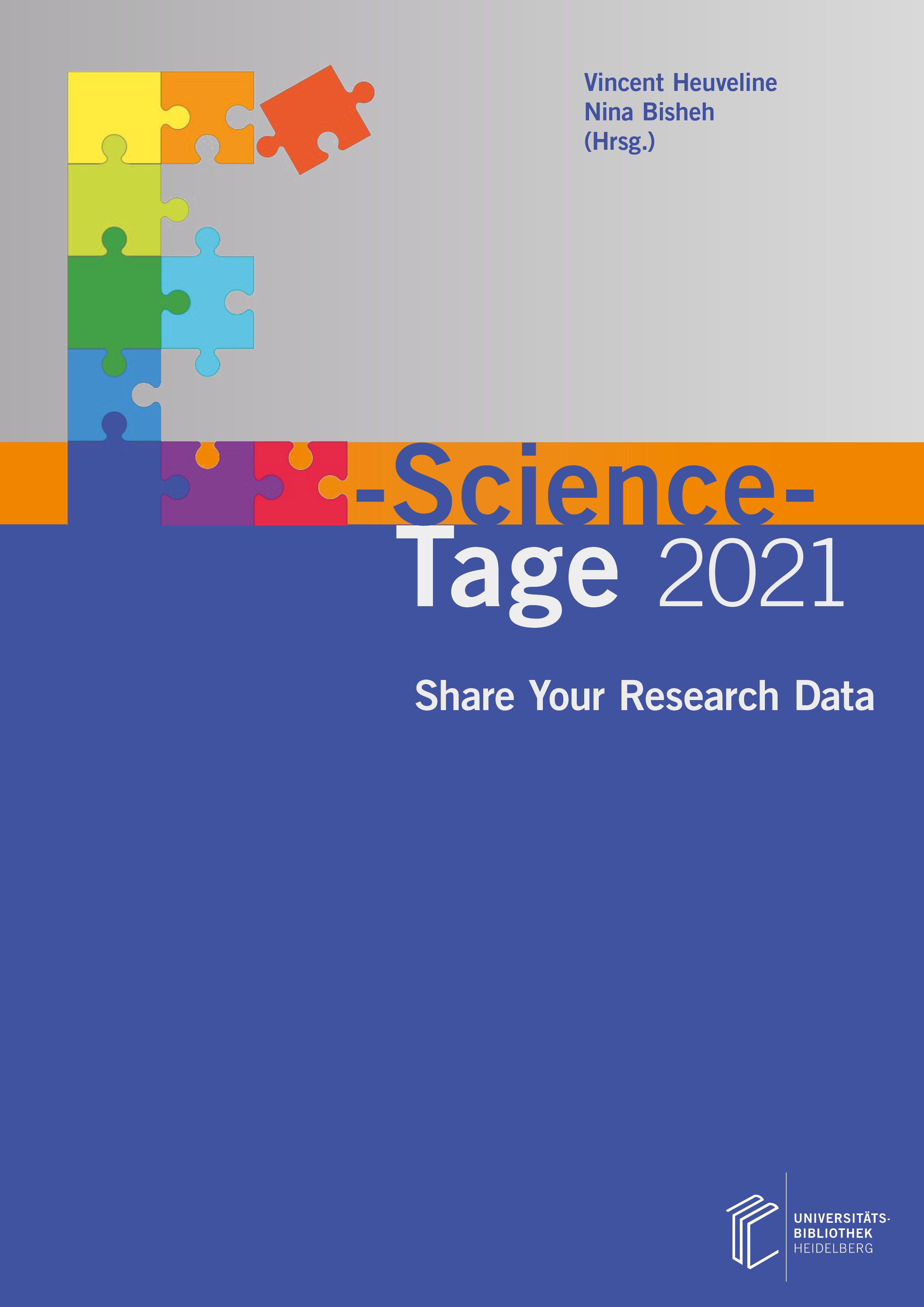Zitationsvorschlag
Lizenz (Kapitel)

Dieses Werk steht unter der Lizenz Creative Commons Namensnennung - Weitergabe unter gleichen Bedingungen 4.0 International.
Identifier (Buch)
Veröffentlicht
A Cloud-based Infrastructure for Interactive Analysis of RNFLT Data
Good functional vision until old age benefits from early detection of eye diseases. Investigation of retinal structure enables monitoring of eye health. To detect early changes potentially leading to optic neuropathies, such as Glaucoma, retinal nerve fiber layer thickness (RNFLT) is measured with optical coherence tomography (OCT) as an early marker. Different manufacturers provide OCT devices, most implement a ‘normative database’ allowing to interpret RNFLT immediately after the measurement by the ophthalmologist. However, vendor-specific normative data is often neither published nor publicly available. Moreover, most OCT devices provide vendor-specific software for measurement and basic analysis but do not allow to extend or exchange normative data. We address both aspects by a) reusing already created published normative data and b) by designing and providing the RNFLT(D)-Visualizer. The published normative data for RNFLT rely on investigations in a large population-based sample taken from the LIFE Adult study at the Leipzig Research Centre for Civilization Diseases. These normative data represent a reference population, with nearly balanced subsets along dimensions such as age, sex and ocular laterality, against which the RNFLT measurement is compared to detect retinal changes. The RNFLT(D)-Visualizer is part of the Leipzig Health Atlas (LHA), a larger cloudbased infrastructure. The LHA is a platform providing publication data, novel phenotypes, algorithms, and - as in our case - applications for novel normative data. The RNFLT(D)-Visualizer aims to compare individual patient RNFLT data and their differences to our normative database. In this way, the RNFLT-(D)-Visualizer takes the OCT device read-out as input and visualizes the patient measurement regarding both the vendor-specific normative data and those that are already published by us. Most importantly, the comparison of individual measurements to our normative data allows evaluation with age and sex, as well as specific to eye laterality. Additionally, we enable longitudinal data visualization by taking reports from multiple measurements (at different time points) showing the ongoing retinal changes. Moreover, this application is designed to add new RNFLT normative data as they are published and made available in future. The RNFLT(D)-Visualizer is designed as R Shiny application. The application never saves any data that has been imported. Instead it visualizes and allows download of the plotted information. The RNFLT(D)-Visualizer is accessible via an internet browser with no access restriction. It is freely usable for research purposes but presently not yet approved for clinical applications.



